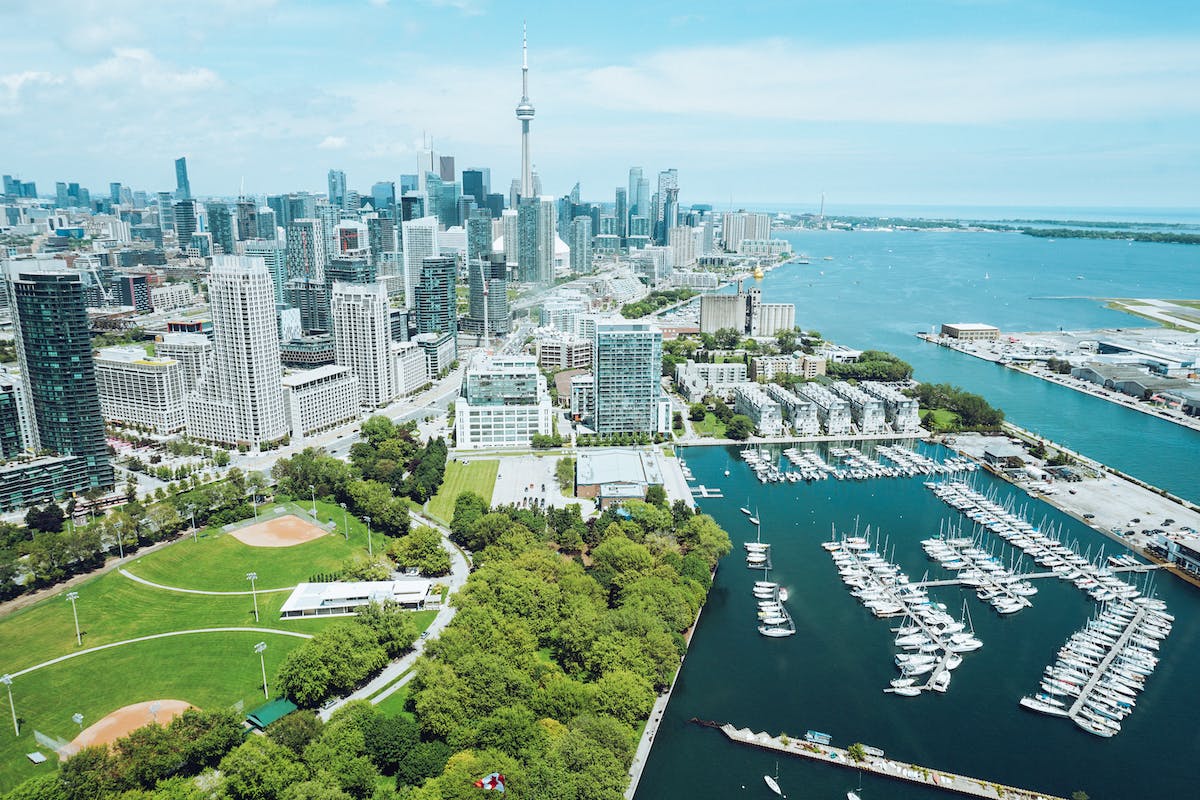One well-known route for qualified people looking to immigrate to Canada is the Provincial Nominee Program (PNP). Almost all of the provinces and territories run their PNPs intending to choose and invite qualified people to settle in their particular province.
The purpose of this project was to promote a more equitable distribution of new immigrants across the nation, with an emphasis on promoting settlement outside of Canada’s three largest cities. The program also attempts to meet the needs of provincial companies in terms of the labor force. The integration and retention of newcomers within the province or territory that nominated them is another important goal.
To be granted permanent residence status in Canada, prospective immigrants nominated by a province must demonstrate a sincere desire to live in the nominating province. It’s crucial to remember that nominees are free to relocate if they so desire after landing and are not required to stay in the province.
Statistics Canada recently conducted a study that examined the PNP, with a particular focus on the retention rate of immigrants in the province of their choice. The study sought to determine each province or territory’s propensity to hold onto its immigrant population by utilizing tax records and data from the Immigrant Landing File in addition to three retention factors.
The results showed that PNP immigrants tended to stay in the province or territory where they first arrived at a high rate. By the end of the landing year, 89% of provincial nominees who came in 2019 had stayed in their assigned province or territory. Retention rates, which ranged from 69% in PE to 97% in Ontario, differed considerably per province or territory. BC reported a 95% rate, while Alberta at 92%, Manitoba at 88%, and Saskatchewan at 78%.
A significant percentage (in the mid-80% range) of the nominees who remained in their province after the year remained there five years later. Notably, the percentage varied significantly by province, from 39% to 94%.
However, the likelihood that immigrants would remain in their initial province of residency decreases as they prolong their stay in Canada. The province retention rate among provincial candidates for immigrants who arrived in 2010 was 95.8% after one year, 88.7% after five years, and 84.4% after ten years. Even yet, these numbers represent a sizable portion, suggesting that generally speaking, a sizable majority of provincial nominees remain in their original province even ten years after their migration.
What provinces had the highest retention rates?

Retention rates within a province are significantly impacted by variations in the economic possibilities and circumstances found there. Retention rates can also be impacted by a province’s size; larger jurisdictions provide immigrants with more options for where to settle down and investigate employment prospects. As a result, immigrants are less likely to need to relocate outside of the province. Cities’ sizes can have an impact; bigger cities like Toronto and Vancouver have higher retention rates.
The Province Nominee Program (PNP) retention rates that were highest in Ontario, Alberta, and British Columbia were lowest in Newfoundland and Labrador, Prince Edward Island, and New Brunswick. The difference between the provinces tended to grow throughout the years after immigration.
What province are immigrants migrating to?
Provinces can profit from both those provincial nominees who arrive and stay in the province as well as those who relocate to the province from other regions of the nation after landing.
One notable “magnet” for the secondary movement of provincial nominees is Ontario. By the end of the first full year that followed the landing year, Ontario claimed to have increased the number of provincial nominees who were in the province by 23%. This pattern became more pronounced over time, with Ontario witnessing an astounding 56% rise in nominations by the end of the fifth year after the landing year.
In particular, when accounting for both outgoing and incoming provincial candidates, Ontario was the only province or territory that benefited significantly from this dynamic. A significant flood of provincial nominees from other provinces was blamed for this.




